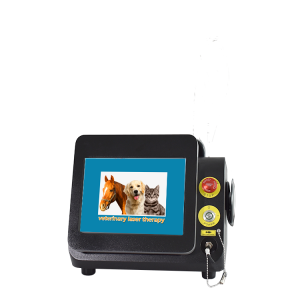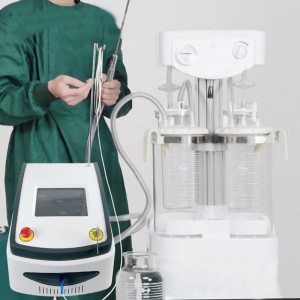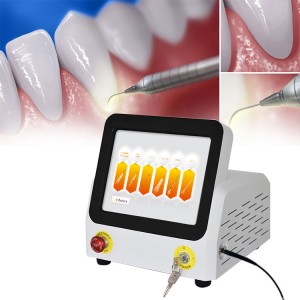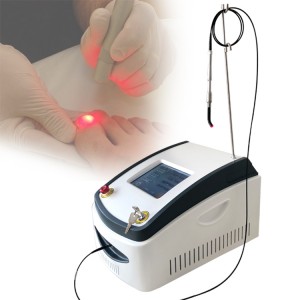Laser therapy in veterinary medicine
Laser therapy is a treatment modality that has been utilized for decades, but is finally finding its place in mainstream veterinary medicine. Interest in the application of therapeutic laser for the treatment of various conditions has grown dramatically as anecdotal reports, clinical case reports, and systematic study results have become available. Therapeutic laser has been incorporated into treatments that address diverse conditions including:
*Skin wounds
*Tendon and ligament injuries
*Trigger points
*Edema
*Lick granulomas
*Muscle injuries
*Nervous system injury and neurologic conditions
*Osteoarthritis
*Post-operative incisions and tissues
*Pain
Applying therapeutic laser to dogs and cats
The optimal wavelengths, intensities, and dosages for laser therapy in pets have not yet been adequately studied or determined, but this is sure to change as studies are designed and as more case-based information is reported. To maximize laser penetration, the pet’s hair should be clipped. When treating traumatic, open wounds, the laser probe should not contact the tissue, and the dose often quoted is 2 J/cm2 to 8 J/cm2. When treating a post-operative incision, a dose of 1 J/cm2 to 3 J/ cm2 per day for the first week after surgery is described. Lick granulomas may benefit from therapeutic laser once the source of the granuloma is identified and treated. Delivering 1 J/cm2 to 3 J/cm2 several times per week until the wound is healed and the hair is re-growing is described. Treatment of osteoarthritis (OA) in dogs and cats using therapeutic laser is commonly described. The laser dose that may be most appropriate in OA is 8 J/cm2 to 10 J/cm2 applied as part of a multi-modal arthritis treatment plan. Finally, tendonitis may benefit from laser therapy due to the inflammation associated with the condition.
The Veterinary profession has seen rapid change in recent years.
*Provides pain free, non invasive treatment rewarding for pets, and enjoyed by pets and their owners.
*It's drug free, surgery free and most importantly has hundreds of published studies demonstrating its clinical effectiveness in both human and animal therapy.
|
Laser type
|
Diode Laser Gallium-Aluminum-Arsenide GaAlAs
|
|
Laser Wavelength
|
808+980+1064nm
|
|
Fiber diameter
|
400um metal covered fiber
|
|
Output Power
|
30W
|
|
Working modes
|
CW and Pulse Mode
|
|
Pulse
|
0.05-1s
|
|
Delay
|
0.05-1s
|
|
Spot size
|
20-40mm adjustble
|
|
Voltage
|
100-240V, 50/60HZ
|
|
Size
|
41*26*17cm
|
|
Weight
|
7.2kg
|














